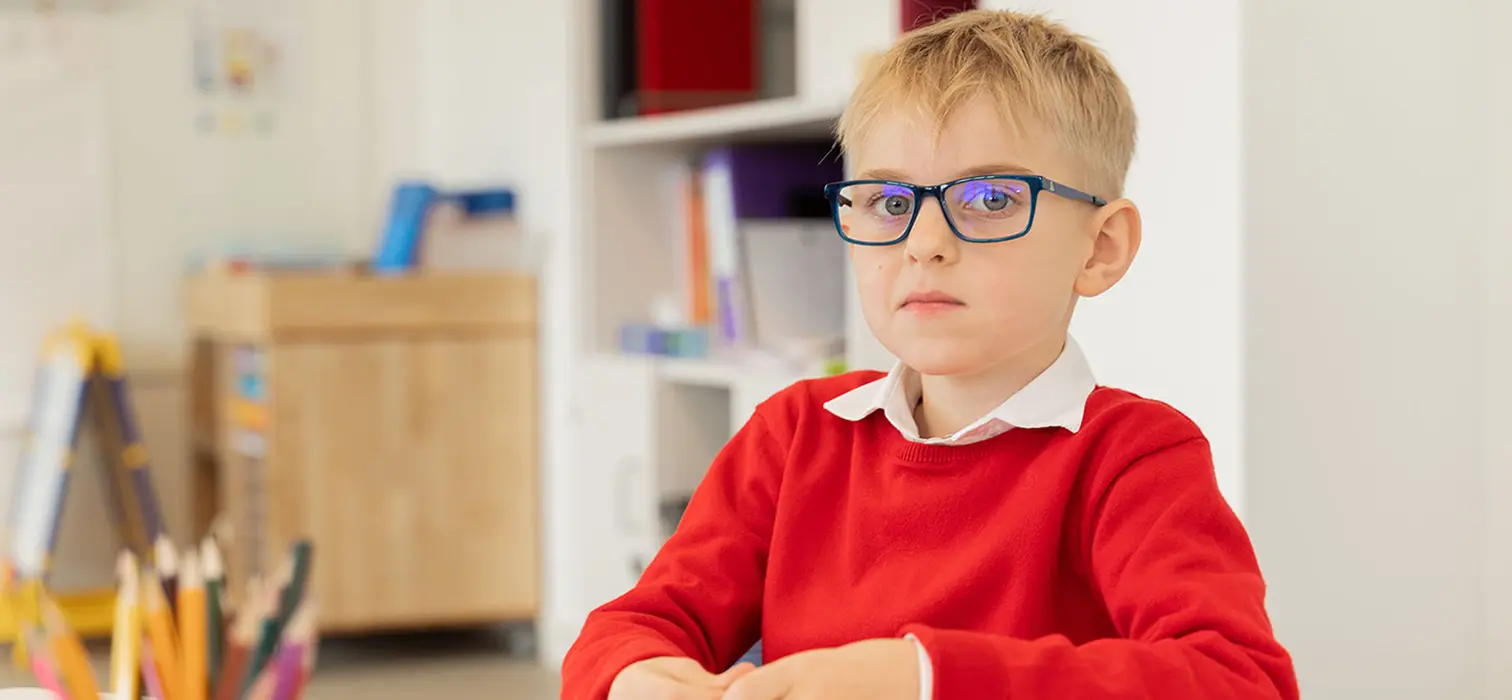
Speaking several languages today is not just a "tick" for a resume, but a necessity. Fluency in a foreign language, particularly in English, is a mandatory requirement for candidates for almost any high-paying job, and not only in international companies.
The older generation was not very lucky in this regard, because in the past years the level of teaching foreign languages in schools and universities often was not very professional. But the modern generation has an excellent opportunity to master a foreign language with minimal effort, even at the level of a second native language. How can it be achieved?
What is bilingualism?
Bilingualism is the ability to equally alternately use two languages at once - both in everyday life and in professional activity. This ability can be either innate, obtained naturally, or acquired. Natural bilinguals, as a rule, are citizens of countries with two official languages. For example, Canada (English and French), former Soviet republics (such as Russian and Ukrainian or Belarusian), many Latin American countries. Another common example is children from mixed families, where both parents speak different languages.
Today, bilingualism can be considered as an advantage for those who want to build a successful career, especially in the international labour market. After all, it is often not enough to know a foreign language at a basic level - it is important to communicate fluently in a foreign language as well as in your native language.
Bilingualism as a principle of teaching preschoolers
Bilingual education for children of primary preschool age is popular in many countries of the world. It is believed that bilingual education in kindergarten, in comparison to the traditional study of a second language as a foreign language, has several important advantages. Thus, a bilingual person can use both languages automatically, on a subconscious level. At the same time, the so-called deforming influence of the first (native) language on the target language is minimized, because the development of both languages occurs almost simultaneously, in a natural way, and not through the prism of previously acquired knowledge.
Experience shows that children enrolled in bilingual kindergartens and schools are free from many prejudices regarding races and nationalities. In general, they differ from their peers in a broader perception of the world, flexibility of thinking, emancipation, readiness to perceive new knowledge and master new skills.
The advantages of bilingual kindergartens for a child can also be attributed to a significantly faster increase in vocabulary, both in foreign and native languages.
However, along with the advantages, such teaching methodology, according to some experts, also has disadvantages. But, to be fair, the vast majority of these shortcomings are associated exclusively with the incorrectly chosen methodology and poor-quality training:
- During bilingual learning, a child loses the natural ability to critically compare two different languages and analyze their structure, as in classical blended learning. For children with a relatively low level of mental ability, this can lead to difficulties with the perception of complex structured information in the future.
- With an illiterate approach to learning, a child may lose a close connection with his native culture, adopting the structure of concepts and worldview of another ethnic group.
- Not all private bilingual kindergartens provide truly qualified personnel, especially native speakers. Poor training in the early stages can lead to difficulties in constructing sentences and a holistic perception of speech, incorrect use of lexical links and phrases, incorrect intonation and other problems that require long-term correction.
Basic methods of bilingual education
Most bilingual kindergartens in Moscow and other large Russian cities use two fundamentally different teaching methods - subject and content. In subject methodology part of the disciplines (or classes in kindergarten) are taught in Russian, the other part - in a foreign language. The content methodology assumes an equal share of the native and foreign languages in the study of all disciplines.
Both methods have their pros and cons. But getting a truly bicultural bilingual education is possible only with the use of content methods. In this case, the child ceases to feel a clear line between the mother tongue and a foreign language, gets used to thinking in a second language, learns to equally operate with both languages in everyday life and when interacting with teachers.
Choosing a kindergarten or school, parents should clearly understand what they want to achieve - to give their child a deep knowledge of the foreign language or ensure that a foreign language becomes his second mother tongue.



